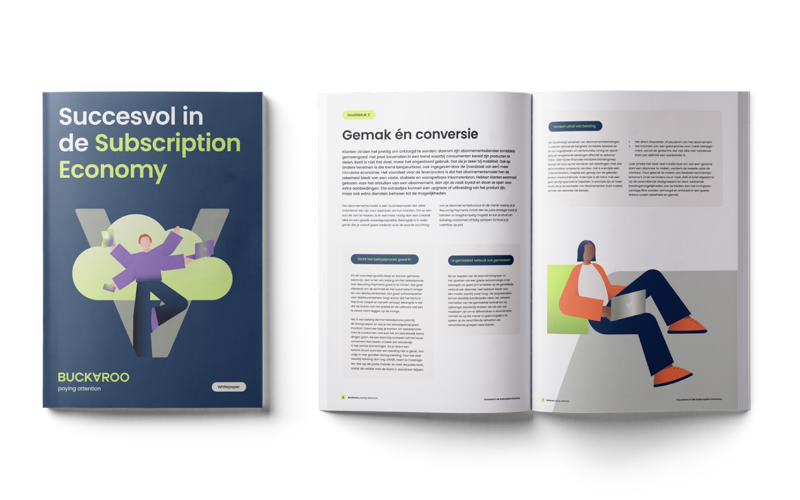
How to Stay Successful in the Third Phase of the Subscription Economy
Almost all Dutch households (99%) have one or more subscriptions. These are no longer just the traditional ones for newspapers, phones, gyms, or streaming services. More and more products and services—once one-off purchases—are now offered as recurring services. Subscription models and recurring payments have become an essential part of the economy. So, what are the latest trends and developments in subscription models?
According to FT Strategies, the consultancy arm of The Financial Times, we are currently in the third phase of the subscription economy. The first phase marked the rise of subscription models, starting in the early 2000s. At that time, subscriptions were mainly offered in industries like media, gaming, IT, and financial services—largely digital. The second phase followed 15 to 20 years later. This is when consumers began to prioritize convenience and opted for ongoing deliveries, such as meal boxes, and valued guaranteed availability. For instance, a mobility subscription that ensures access to a functioning bike is preferred over owning one.
This is also the phase in which traditional industries enter the subscription economy. Think of bicycle suppliers, but also white goods providers offering fridge subscriptions, Philips introducing Subscriptions for devices, Lynk & Co offering cars as a monthly service, and KwikFit launching a repair subscription. From Software-as-a-Service (SaaS) to Product-as-a-Service (PaaS) to Everything-as-a-Service (XaaS).
A Critical Look at Subscriptions
We are now in the third phase: the retention phase. In this phase, consumers are taking a more critical look at all their subscriptions. Precisely because of the ease of signing up and the convenience of recurring services, many have built up a significant collection—now forming a substantial monthly expense. In uncertain economic times, these convenience subscriptions become logical targets for saving money. This is where a natural selection takes place: the subscriptions that truly add value to the consumer will remain.
The subscription economy continues to grow. Recent research shows that the subscription industry roughly doubles in size each year. Still, it’s crucial for providers to better tailor their offerings to consumer needs. The value proposition must make sense—not just the product itself, but also the logic behind the subscription model. Customers are also demanding more flexibility. No more one-size-fits-all, but options in form, intensity, and cost. That means offering various subscription formats, and giving users the ability to easily switch to a lower frequency or reduced package when needed.
Shaping the Right Financial Strategy
This also calls for a flexible and user-friendly payment strategy. Whether you offer simple subscriptions or complex models with multiple options, your financial process should seamlessly align with the service. Buckaroo is your committed payment partner, ready to help design the right financial strategy. We can take care of the entire payment flow—from sign-up to upgrade or downgrade, and timely reminders. Let’s work together to ensure you remain successful in this third phase of the subscription economy.
Whitepaper
Successful in the Subscription Economy
The popularity of revenue models based on recurring payments is quite understandable: subscribers provide recurring revenue and stable sales. Still, the question keeps circulating in the boardroom: how to implement this new business model in practice?
